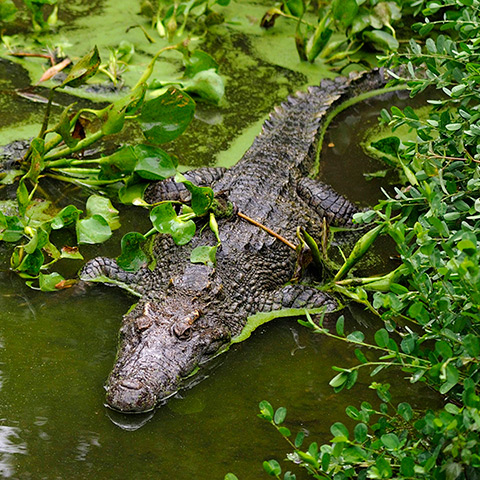Conservation Actions
The known locality is not protected and its proximity to the city makes protection unlikely, but surveys of surrounding areas are ongoing to determine whether the species is at least somewhat more widespread than presently known (D.T. Iskandar pers. comm. 2019). The feasibility of translocation to areas of the valley within the nearby Kerinci National Park should be investigated, if it is found not to occur here naturally (D.T. Iskandar pers. comm. 2019).Location Information
This species appears to be endemic to West Sumatra, where it has been found along the banks of the Tarusan River near Gua Baba (Iskandar et al. 2017). It is expected to be restricted to this valley (D.T. Iskandar pers. comm. 2019). General surveys in surrounding areas have so far failed to record it (D.T. Iskandar pers. comm. 2019).Geographic Range
Extant
Indonesia





